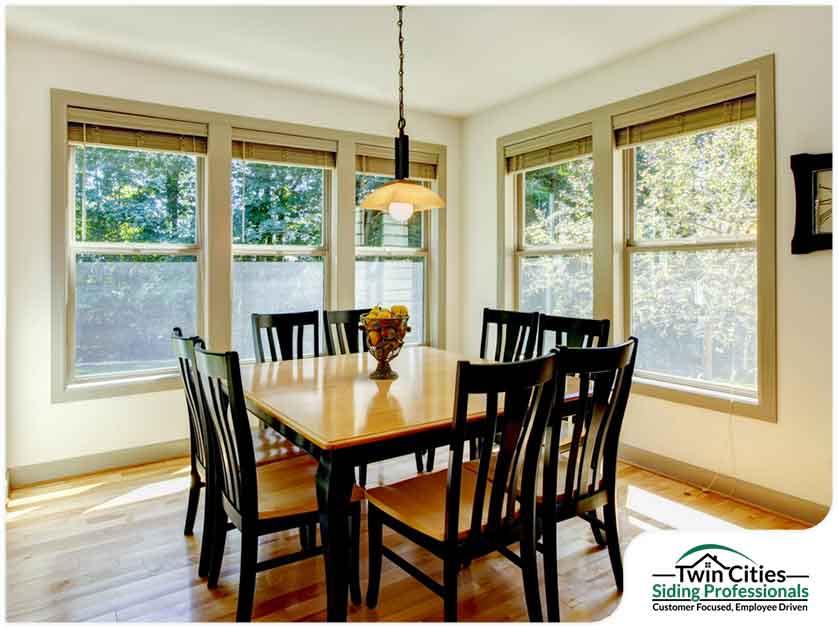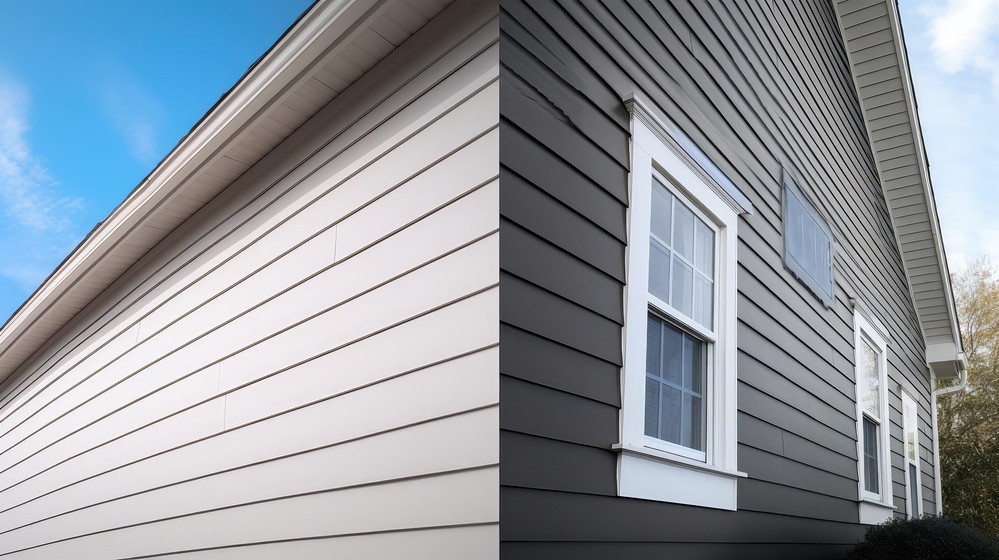Spring in Minnesota is more than a seasonal shift. It’s a practical time to take care of home improvement projects before the weather turns again.
For many Twin Cities homeowners, this season brings longer days, milder air, and the chance to tackle upgrades that add lasting comfort and value. One project that makes a big difference is replacing old or inefficient windows.
Below are four important reasons why a spring window upgrade is worth considering—and how to decide if now is the right time.
Key Takeaways
- Spring window upgrades help reduce heating and cooling costs by improving insulation during seasonal changes across Minnesota homes.
- Larger windows installed in spring let in more sunlight and help maintain comfortable indoor temperatures as days get warmer.
- Modern window systems improve curb appeal before summer events and help homeowners avoid last-minute issues during the busy real estate season.
- The best results come from reviewing past performance, exploring materials, scheduling early, and planning upgrades within your spring budget.
1. Lowers Energy Bills as Temperatures Rise
A spring window upgrade can lead to direct savings on energy bills—especially with Minnesota’s dramatic spring temperatures. That kind of variation exposes gaps in aging window frames and poor insulation, which often leads to heat transfer that drives up cooling and heating costs.
Upgrading to energy-efficient windows with multiple panes helps lock in comfortable indoor air during the warmer weeks ahead.
For homeowners in locations like Minneapolis, this seasonal project can reduce utility expenses well into the fall and winter, creating year-round savings for homes across Minnesota.
2. Takes Advantage of Longer Days and Natural Light
As the Twin Cities campus of neighborhoods and suburbs shifts from snow-covered streets to sun-filled evenings, spring is the perfect time to create a stronger connection between your home and the outdoors. New windows with larger frames allow more natural light to flow in, especially in areas with mature trees or north-facing walls.
Whether you’re near a university, city park, or hospital district, installing larger windows during the spring season lets you fully enjoy the sun without sacrificing insulation or UV protection.
These features reduce reliance on artificial lighting and keep indoor temperatures stable throughout the course of the day, especially as Minnesota heads into summer.
3. Improves Curb Appeal Before Summer Events and Market Season
With more homes hitting the market and community events filling the calendar, the spring season in Minnesota brings competition—not just in real estate, but also in exterior upkeep. Replacing outdated windows before peak summer activity is a strategic way to boost your home’s curb appeal.
From preparing for local events in Lake Elmo to increasing home value for the competitive summer market, window replacement is a high-impact project that adds lasting value.
Fresh caulk, updated window lines, and new colors combine to create a polished, cohesive exterior. And for those planning a trip or family gathering during the season, completing this upgrade early eliminates the risk of last-minute repairs interfering with your plans.
4. Minimizes Moisture and Condensation Risks After Winter
Spring is a revealing season in the Twin Cities.
As snow melts and the ground thaws, condensation becomes a visible sign of past winter wear. Cracking frames and failing seals lead to water accumulation and mold—particularly in older homes throughout St. Paul, Minneapolis, and nearby suburbs.
By scheduling a spring window replacement, you reduce the risk of interior damage, structural mold, and wood rot caused by trapped moisture after a long winter. Energy-efficient window materials designed for MN weather help prevent damage that may eventually require more invasive fixes.
Whether you’re restoring a historic property or modernizing a suburban build, updating windows in the right time frame ensures optimal performance through all four Minnesota seasons.
Still Undecided? Here’s How to Approach a Spring Window Upgrade
If you’re still on the fence about starting a spring window replacement, here are some clear steps you can take to make a confident, informed decision before peak project season begins.
Evaluate How Your Current Windows Performed Last Winter
When considering whether to replace your windows this spring, look at how they performed during the past winter. Issues like excessive condensation, inconsistent temperature control, and drafts are more than just comfort concerns.
They’re signs of declining energy efficiency.
In cities like Bloomington or near the central business districts of Minneapolis, older windows often struggle to keep up with Minnesota’s intense seasonal shifts. These signs signal that now is the best time to plan your upgrade and avoid bigger problems down the line.
Compare Window Material Options That Suit Minnesota Weather
Choosing the right window materials is key to achieving durability and value in the long run.
Marvin windows, known for performance and insulation, are tailored for Minnesota’s extreme seasonal conditions. With features like fiberglass frames, advanced insulation, and UV protection, their products help you reduce energy costs while maintaining indoor comfort.
Twin Cities Siding and Roofing recommends options that not only look good, but also provide security, reduce sun glare, and maintain performance through the most challenging weather events our region can throw at your home.
Get a Professional Inspection and Estimate Early
The spring season brings a surge in exterior home improvement projects, so scheduling early gives you the advantage.
Our team of licensed contractors serves the broader Twin Cities area and offers full inspection services to verify window condition, air leakage, frame cracking, and seal integrity. We assess the entire line of your window systems—from caulk to sash—to ensure everything meets performance standards.
Whether your home is in a country setting or city center, getting a comprehensive estimate ensures you’re prepared, both structurally and budget-wise.
Factor in Budget, Timing, and Curb Appeal Goals
Spring offers a unique advantage for homeowners who are planning improvements with a budget in mind.
It’s a season where windows can be replaced and sealed without interference from extreme weather, making it easier to complete the project efficiently. The warmer air, longer daylight hours, and manageable outdoor conditions help ensure your project is completed quickly and with fewer weather-related delays.
And by taking care of your window replacement before the full summer rush, you’re ahead of the curve—whether you’re aiming to finish before summer or just want a smoother project with fewer seasonal disruptions.
Get a Free Window Assessment for Your Twin Cities Home
Ready to upgrade your home this spring?
At Twin Cities Siding and Roofing, we provide expert window replacement services across Minneapolis, St. Paul, and Central Minnesota.
Call (651) 571-9557 to schedule your free estimate and take the next step in creating a stronger, more energy-efficient home exterior.
Frequently Asked Questions
What are the benefits of a spring window replacement for homes near White Bear Lake?
White Bear Lake homes benefit from spring replacements by avoiding weather delays and locking in performance early with high-performance windows designed for long-term durability and consistent comfort.
Is spring the best time to install energy-efficient windows if I’m planning other exterior projects?
Spring is the best time to install windows when coordinating with siding, doors, or paint, since materials cure properly and project timelines stay on track.
How do high-performance windows play a role in protecting interior finishes and furniture?
Windows with UV protection play a strong role in blocking sunlight that causes fading on floors, furniture, and other surfaces exposed to direct sunlight.
Can I still gain from a spring window replacement if my insulation was recently upgraded?
Yes, replacing windows after insulation upgrades helps seal the full envelope, reduce energy waste, and extend comfort benefits into the fall and winter.





